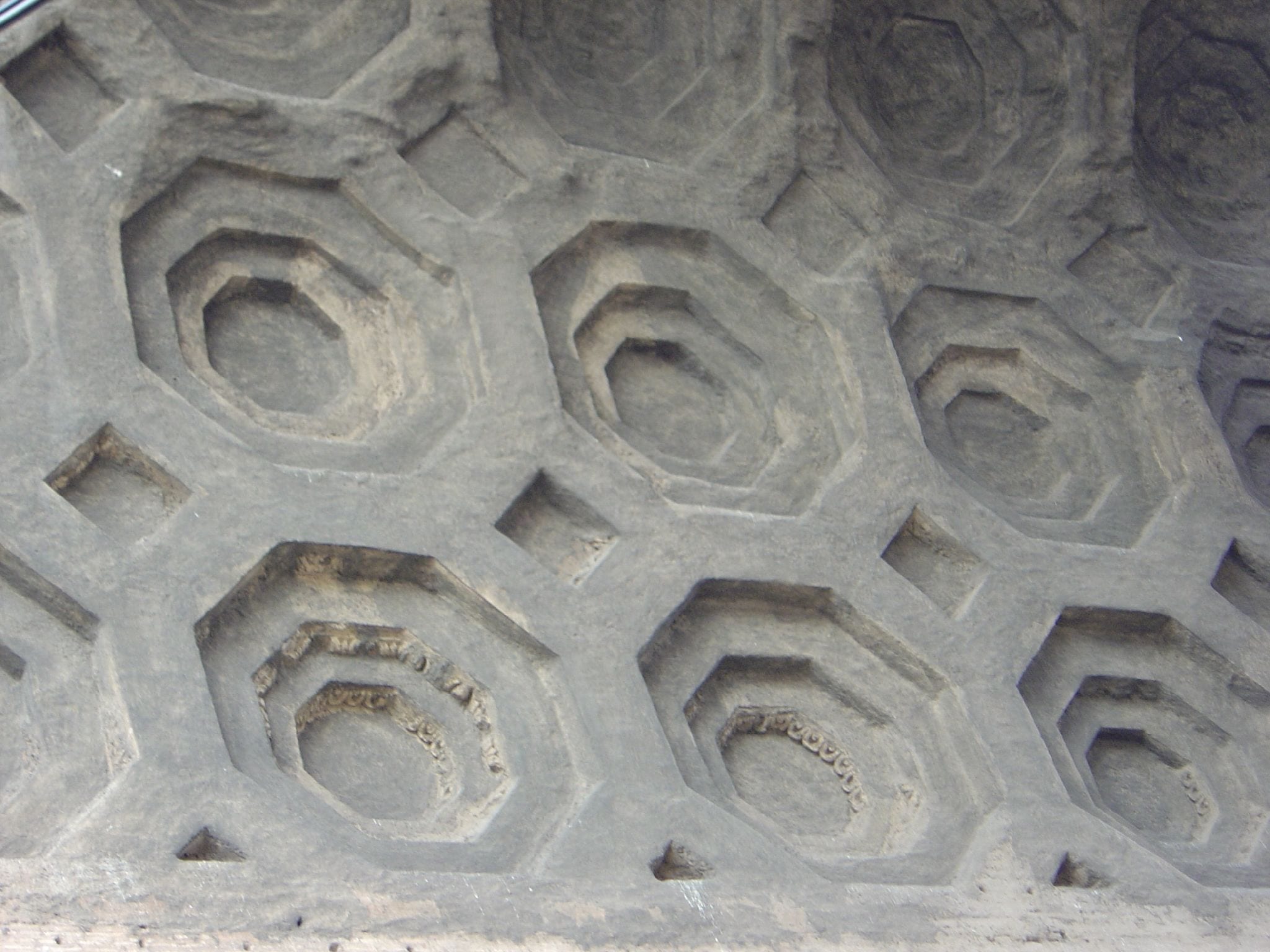The Romans are famous for a number of things. Concrete is one of their claims to fame. As master builders, many of their temples, bridges and aqueducts have held up remarkably well. Especially, their Roman harbor docks – scientists and engineers have long been fascinated by their ability to withstand 2000 plus years of exposure to seawater.
Ever innovative in their methods, the Romans did not produce concrete as we do today. They had forced labor and unique added ingredients – ox blood, volcanic ash and horse hair.
Today’s concrete professionals take note from our master builder Roman forefathers and add ingredients to concrete to get desired results as well. Comparing a bit, in today’s world, ox blood is a fatty air entraining agent, volcanic ash is a pozzolin much like our fly ash today and horse hair a reinforcing fiber serving the same purpose as our various modern fibers.
Let’s Talk Fibers
Over the centuries, the world has experienced many growth booms and construction best practices have evolved, but the driving reason for fibers remains the same. Today’s fibers are thousands of strands of either synthetic or steel in every cubic foot of concrete, working in all directions. Synthetic fibers come in two main forms nylon and polypropylene.
When using synthetic fibers, Shelby Materials only supplies nylon fibers, as we feel they are superior to other synthetic fibers. Because of their density, nylon fibers are able to disperse well within the concrete and resist floating to the surface, which effects finishing quality. Another property of nylon fibers is their ability to retain moisture. This does two things, allows the nylon to create a chemical bond with concrete (polypropylene and polyester fibers do not), and lessen bleed water, by absorbing some of the water within the slab.
Reinforcing nylon fibers within the concrete process are primarily used to control cracking caused by shrinkage, as the water in the concrete layers evaporates, usually within the first 24 hours after the concrete is placed. Unlike wire mesh reinforcement, they do not need to be suspended within the slab and are not at the bottom of the slab. They are able to provide structural benefit throughout. Additionally, once in hardened concrete, the fibers continue to provide crack control, that wire mesh does not.
Additionally, there are long term benefits of added nylon fibers as well, although secondary to their primary function. These include:
- Resistance to expansion and contraction due to temperature change and freeze-thaw cycles in variable climates (such as Indiana)
- A 10- 50% increase in impact and abrasion resistance depending on the volume of fibers used
- Improved ductility, or, the ability for the concrete to deform without failing or fracturing
- Improved structural strength allowing for reduced quantities of structural steel reinforcement to be used
Science tells us concrete will always lose volume as it ages, and it will eventually always crack. Most people believe steel prevents cracks, but we’ll talk about that in the next blog, along with wire mesh. In our industry, we all want a magic bullet that can keep cracks from occurring and annoying us. For many, reinforcing fibers are a cost effective tool to help. Going further – crack control joints and shrinkage resistant concrete can assist as well, but both a bit more expensive. Stay tuned for an upcoming blog on those subjects as well.
The bottom line is every day of the week we have an eye on shrinkage, and crack resistant concrete. It’s just the Shelby way.




